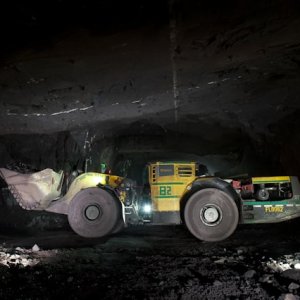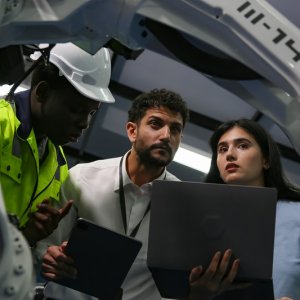Conservative Price Predictions for Long-Term Health

STORY INLINE POST
Q: How do you evaluate Mexico as a mining jurisdiction?
A: When we evaluate our position as a company in terms of reserves and resources, today we are roughly 50 percent in Mexico and 50 percent in Canada. While we have more projects in Mexico, and that is where we are producing from, they are smaller in nature, whereas we have a very large, undeveloped project in Canada with about 4.2 million ounces of measured and indicated gold resource. Mexico is good for providing smaller projects for companies looking to start up. In terms of our portfolio, we always want to be diversified to reduce our exposure to the political risk involved in the industry.
There are other locations in Latin America where we have had wonderful experiences, including in Chile and Peru, so we are open to investing in these locations. Central America is also very attractive. Although Nicaragua is facing some unrest at the moment, it has a strong geological endowment. We have also not ruled out more projects in the US and Canada, so our focus is really all over the Americas. We are not looking to go to Australia, China or Africa right now as we do not believe we can add as much value in those countries.
Q: How much has the concession you acquired in Baja California Sur progressed?
A: We acquired two projects as a result of the acquisition of another gold company, one in Baja California Sur and one in Sonora. The project in Baja California Sur is one of the highest-returning projects anywhere in the world. The economics underpinning that project indicate a yield greater than a 50 percent rate of return. The project has a higher grade, relatively low strip ratio and a higher recovery rate. It holds around 1.7 million ounces of gold, so it is a substantial project but it remains underdeveloped. The project is located around one hour from La Paz, in a relatively rural area. The interesting thing about this is that the local community really welcomes the project. When people become informed about the project, they can see the value for local communities. As soon as the permit is granted, we stand at the ready to move that project forward because it is a tremendous deposit.
Q: What are the main factors that allow the company to maintain a healthy balance sheet?
A: I think strategically we have to craft a roadmap and define how we will reach our goals in a way that provides accountability. Our expectation is that we live in a US$1,250/oz gold price environment. We then look at what kinds of projects we need, which are essentially those with an AISC of US$950 or less so we leave ourselves some margin. This is necessary to generate the cashflow we need to build the next mine. Those are the foundational pieces we use as the building blocks for the company’s future. If a company can stick to those, it should be able to build a business. We have been fortunate enough to do that but others have found themselves growing too fast or shrinking margins too thin, and they end up in real trouble when prices inevitably change. As miners, we cannot impact the price of gold, so we have to take whatever comes to us. But the one thing we can do is become the most efficient at extracting minerals, processing them and getting the gold to market.
Q: What are the next steps to achieve your 2020 production goals?
A: The three projects we are running today will get us to over 200,000 ounces. We will have to expand the San Agustín mine slightly by adding a 10,000t/d crushing, conveying and stacking line to achieve this target. We are already embarking upon that goal and examining what we need to change to get there. We also have two other projects we are not even considering. These are both lower cost projects and have the potential to be higher producers than the projects we are operating today. They have very short construction windows of around one year but we still need to get past the permitting process. With those two, we can see ourselves producing over 300,000 ounces, and we have the large Canadian project on top of that.
























